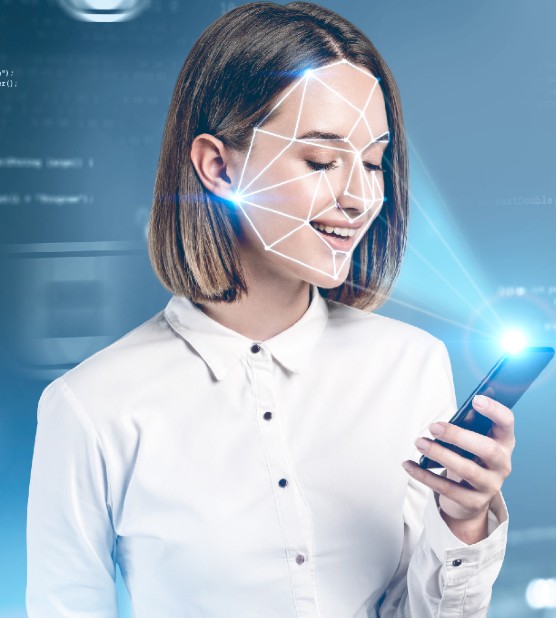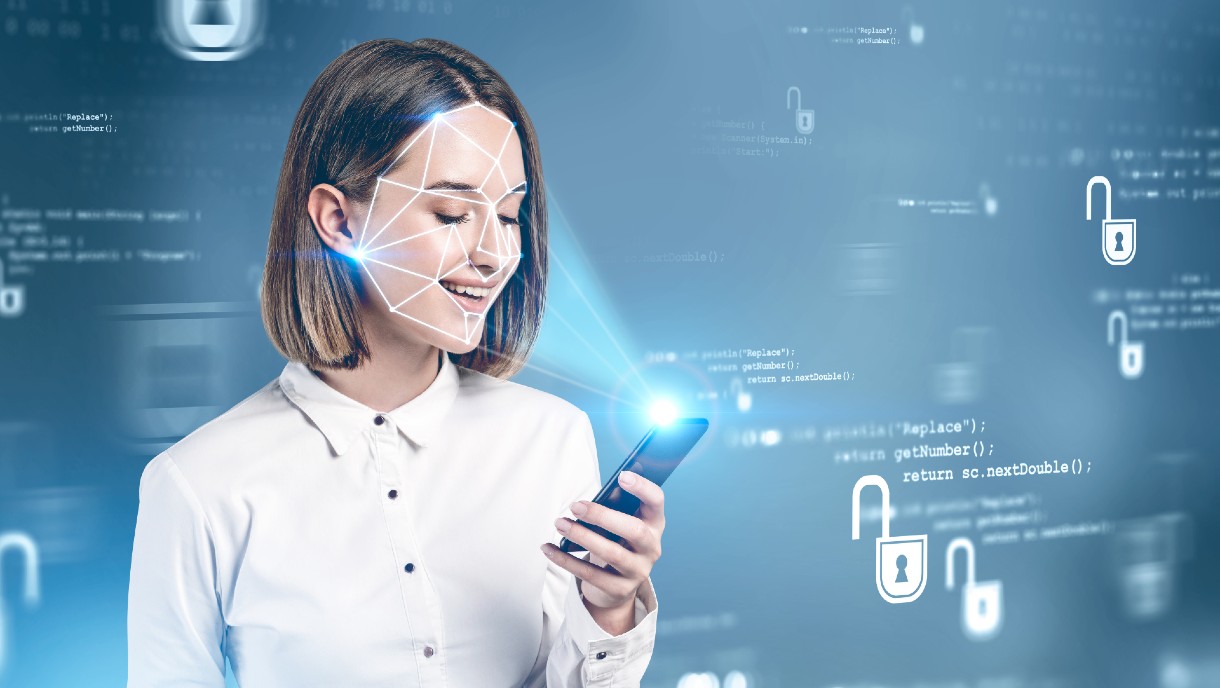With everything now connected to the internet in the 21st century, it is essential for businesses and companies to ensure a secure work environment. Security threats can be disastrous and potentially devastating. Therefore, continuous reinforcement through biometric identification is crucial to prepare for potential intrusions. Companies must fine-tune their strategies and benchmarks to keep attackers at bay. This article seeks to provide valuable information on various types of biometric identification solutions, which are simple yet effective access solutions.
What is Biometric Identification?
A biometric identification system uses unique biological features to verify an individual. The identification attributes are fingerprint patterns, facial features, eye structure, DNA, speech, and handwriting. For biometric identification to work, individuals must record their biometric information. After that, a biometric profile is created against their name. This will become their digital identity. This will provide a much-enhanced sense of security to end-users. But also makes it easier for employers to identify their team members. Also, it maintains the regularity of data in the office. (Also read: Biometrics Access Control 101: Definition, types and its pros & cons)
Types of Biometric Solutions
There are two types of biometric solutions. The first one is physical biometrics, and the second is behavioral biometrics. Below, we have described each of these biometrics. To let readers decide which option is a better option for them.
Physical Biometrics
A physical biometric system involves the recognition of the physical features of an individual. These physical features are present in the human body and serve as identification. Most companies prefer this form of a biometric system. To authenticate the identities of their employees for various use cases. While security is the most obvious of them all. Apart from this, facial recognition also comes under physical biometrics. One of its use cases can be found in casinos. To look for high-rollers to provide the best customer experience possible.
Physical biometrics is a way to improve your security in several cases. It requires individuals to provide input to specific sensors, depending on which trait sensor is used for data measurement. With physical biometrics, it gets convenient to verify if the person is present. But, physical biometric identification has its downsides as well. The most significant disadvantage is that once a physical feature is saved in the system. It can be reused on online platforms several times without the individual’s consent.
Behavioral Biometrics
In behavioral biometrics, identification is based on a specific pattern of behavior. That is specific to the person. A behavioral biometrics identification could be a rhythm. And cadence with which they type on a keyboard. This form of identification is mainly used to prevent online fraud. It utilizes information on how individual interacts with their computer. How fast they press keys, how they use a mouse, how they swipe the screen on their smartphone and even hold their smartphones.
Behavioral biometrics is based on patterns of behavior that are impossible to replicate. Also, deep learning algorithms are added for behavioral changes to adapt user data. Behavioral biometrics identification takes in hundreds of human interaction signals. Then use it to create one biometric ID for the authentication of a user. This form of identification is effective in banking to establish a transparent user experience.
Top 3 most used Biometric Identification solutions
Now let’s look at the top three current most popular types of biometric identification solutions to use in present scenarios.
Facial Recognition
The first in the list of biometric identification is facial recognition technology. In this form of biometrics, automatic localization of the face is used for authentication. Facial recognition works on available data. Data could be an image of someone’s face present in a database in the form of mathematical code. Facial recognition solutions are being implemented in several ways. We can find them in FaceID, airports, and in other security-related agencies. In these cases, it is required to recognize passengers against the list of known criminals.
Facial recognition is relatively fast while being accurate at the same time. Facial recognition also needs to recognize a person when they are wearing masks or sunglasses or processing an image that is taken in low light. The 3D development in facial recognition is working to solve this problem. As they work with 3D sensors to capture specific facial features in much greater detail. Lastly, facial recognition is relatively new. Thus, it is expensive in comparison to our first two biometric identification solutions.
Fingerprint Scanning
The most common type of biometric identification is fingerprint scanning. There are three different ways of fingerprint scanning. The first is converting a fingerprint into a digital code with an optical sensor. The second is saving conversion via a linear thermal sensor. The last one uses a capacitive authentication sensor for fingerprint scanning.
The input methods of all three are different, but the results are all the same.
Fingerprints are considered to be unique identifiers. At the same time, most people are familiar with the fingerprint scanning method. Apart from this, with fingerprint biometrics, individuals don’t need to remember complex passwords. Lastly, fingerprint authentication solutions are easily affordable, and hardware can be purchased online.
Voice Recognition
This specific form of biometric identification uses the voice of individuals. It includes particular phrases or vocal patterns to create a biometric ID. This form of identification helps access computers, unlock smartphones, and more. Besides this, voice recognition costs little. Because its implementation requires a microphone. That is already present on various personal devices. Voice recognition is reasonably accurate. But it is hard to get a clear recording of someone’s voice resulting in multiple attempts of voice input. One of the common examples of voice recognition can be found in the usage of Siri by Apple, Bixpy by Samsung, and Alexa by Amazon.
Learn more about OLOID's MFA solution!
Conclusion
These are the top three biometric identification solutions present in the market. Each of these solutions brings its own set of pros and cons. One thing is clear. These solutions are a much safer option than regular passwords and the One Time Password (OTP) solution. Replicating biometrics is a challenging task, making it secure. The cost of these solutions is getting lower as each day passes. Thus, even small organizations can implement them to be safe from unwanted individuals.






